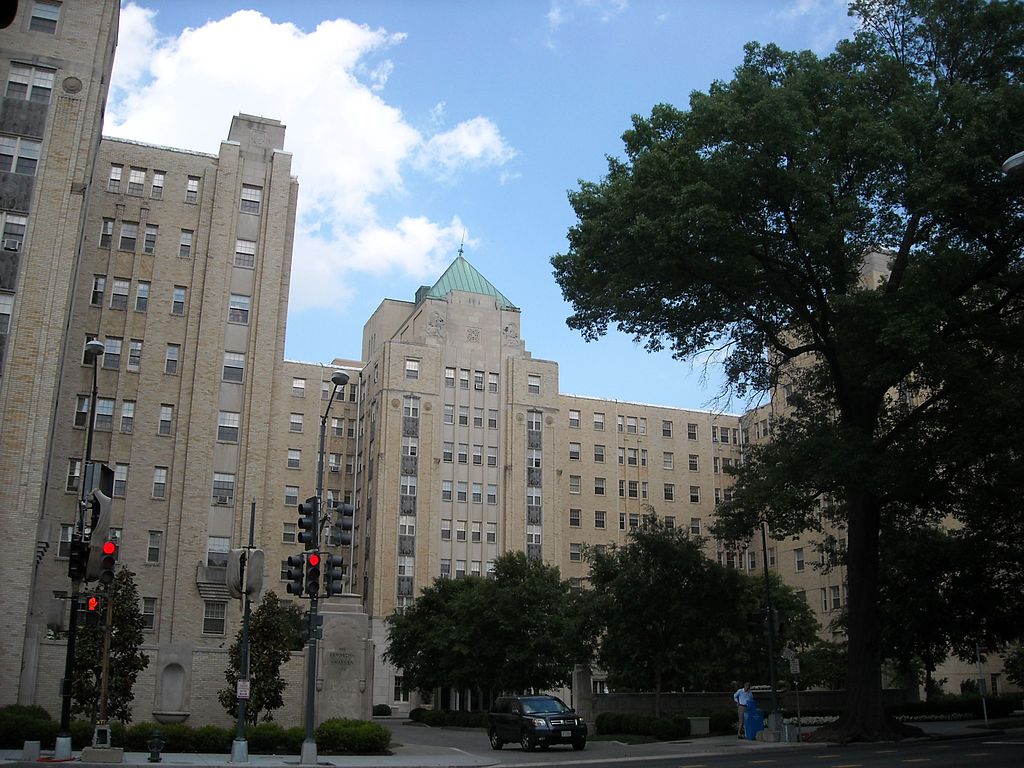The least energy efficient multifamily property may be spending $165,000 more in annual energy costs than a similar property operating the most efficiently, according to a new white paper released by Fannie Mae.
"Transforming Multifamily Housing: Fannie Mae's Green Initiative and Energy Star for Multifamily" provides insight into Fannie Mae’s Green Initiative, its partnership with the U.S. Environmental Protection Agency (EPA), and its effort to compile comprehensive multifamily energy and water data providing the basis for the EPA's Energy Star Score for multifamily structures.
Fannie Mae will continue to lead efforts to support green activities and provide greater transparency for investors by disclosing Multifamily Energy Metrics on Fannie Mae MBS. In June 2014, Fannie Mae collected the Source Energy Use Intensity (EUI), an energy performance metric, for properties securing multifamily loans in cities with Energy Star reporting requirements.
Beginning in 2015, Fannie Mae will collect the Source EUI and the Energy Star score for the associated properties and will disclose the EUI metrics. Investors will be able to view the metrics for properties located in Boston; Cambridge, Massachusetts; Chicago; New York; Seattle; and Washington, DC. This information will give investors greater insight into the energy consumption of multifamily properties and the financial performance of the associated loans.
(http://www.fanniemae.com/portal/about-us/media/commentary/091114-pagitsas.html)
Related Stories
Sponsored | Resiliency | Jan 24, 2022
Norshield Products Fortify Critical NYC Infrastructure
New York City has two very large buildings dedicated to answering the 911 calls of its five boroughs. With more than 11 million emergency calls annually, it makes perfect sense. The second of these buildings, the Public Safety Answering Center II (PSAC II) is located on a nine-acre parcel of land in the Bronx. It’s an imposing 450,000 square-foot structure—a 240-foot-wide by 240-foot-tall cube. The gleaming aluminum cube risesthe equivalent of 24 stories from behind a grassy berm, projecting the unlikely impression that it might actually be floating. Like most visually striking structures, the building has drawn as much scorn as it has admiration.
Sponsored | Resiliency | Jan 24, 2022
Blast Hazard Mitigation: Building Openings for Greater Safety and Security
Codes and Standards | Jan 24, 2022
N.Y. governor calls for ban on natural gas in new buildings
Action follows New York City’s ban.
Codes and Standards | Jan 19, 2022
EPA may expand product lineup that can earn WaterSense label
Would include systems that enhance water quality at the tap.
Codes and Standards | Jan 19, 2022
Canada’s Trudeau seeking building codes changes, net-zero emissions building strategy
Prime minister also wants net-zero electricity grid by 2035.
Codes and Standards | Jan 18, 2022
Greater emphasis on building materials needed to achieve net-zero carbon offices
Engineered wood, straw, and bamboo can be keys to achieving goal.
Codes and Standards | Jan 17, 2022
AISC seeks comments on draft earthquake standard for steel buildings
Includes new limits for cross-sectional slenderness of steel columns based on latest research.
Codes and Standards | Jan 12, 2022
California’s wildfire building code significantly reduces structural loss
As other states consider upgrading their codes, Golden State provides useful model.
Codes and Standards | Jan 12, 2022
Regulator holding back climate-friendly, energy-saving equipment deployment, critics say
Heat pumps, solar power could be made more accessible for low-income communities in Massachusetts.
Codes and Standards | Jan 11, 2022
Cost hikes drive nearly one million renters out of homeownership qualification in 2021
Household income needed to pay a mortgage rose to $62,872 from $55,186.

















